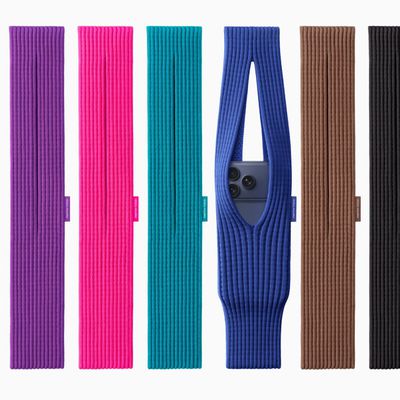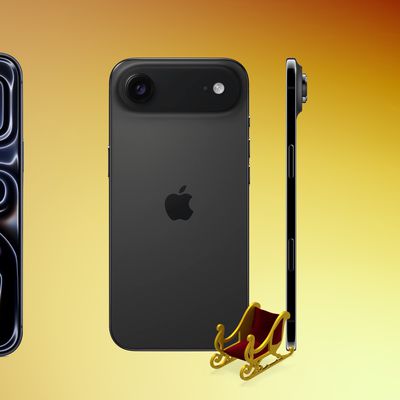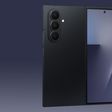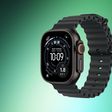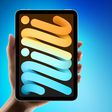The Next Generation Apple Watch Could Identify Users by Their Heart Rate
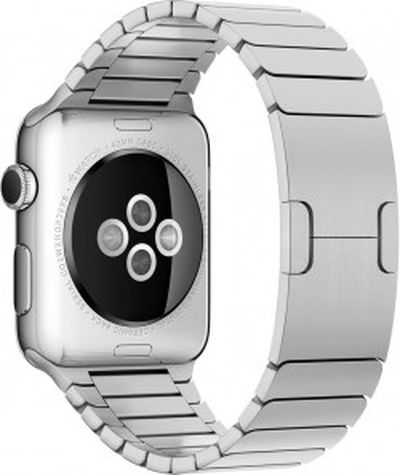 The U.S. Patent and Trademark Office published an invention today that suggests the next Apple Watch could identify its owner simply by checking their heart rate.
The U.S. Patent and Trademark Office published an invention today that suggests the next Apple Watch could identify its owner simply by checking their heart rate.
Apple's patent application is titled "User identification system based on plethysmography" and describes how a pulse oximeter is used to determine the biometric signature of a user's cardio rhythms. This data could then be used to identify the wearer and unlock the watch in a manner similar to Touch ID on the iPhone.
The system works similarly to existing monitors, by projecting light on the user's skin and measuring how much of it is absorbed and reflected back to the device. The measurement can then be used to determine the amount of blood present in the vasculature. According to the patent, the data gathered by the two photosensors is either stored or compared against previously saved information to positively identify the user.
In an associated patent also published today, the invention is extended to take in data from motion sensors like accelerometers and gyroscopes to determine user movement. Certain gestures, for example raising the device from waist height to head height, trigger the authentication process.
AppleInsider notes that the system could replace Touch ID during Apple Pay payments and further reduce the watch's reliance on iPhone, although it's unclear if heart rate data can be a unique enough identifier to ensure the same level of security.
Popular Stories
Apple recently teamed up with Japanese fashion brand ISSEY MIYAKE to create the iPhone Pocket, a limited-edition knitted accessory designed to carry an iPhone. However, it is now completely sold out in all countries where it was released.
iPhone Pocket became available to order on Apple's online store starting Friday, November 14, in the United States, France, China, Italy, Japan, Singapore, ...
Netflix has quietly removed the ability to cast content from its mobile apps to most modern TVs and streaming devices, including newer Chromecast models and the Google TV Streamer.
The change was first spotted by users on Reddit and confirmed in an updated Netflix support page (via Android Authority), which now states that the streaming service no longer supports casting from mobile devices...
Cyber Week is here, and you can find popular Apple products like AirPods, iPad, Apple Watch, and more at all-time low prices. In this article, the majority of the discounts will be found on Amazon.
Note: MacRumors is an affiliate partner with some of these vendors. When you click a link and make a purchase, we may receive a small payment, which helps us keep the site running.
Specifically,...
Apple AI chief John Giannandrea is stepping down from his position and retiring in spring 2026, Apple announced today.
Giannandrea will serve as an advisor between now and 2026, with former Microsoft AI researcher Amar Subramanya set to take over as vice president of AI. Subramanya will report to Apple engineering chief Craig Federighi, and will lead Apple Foundation Models, ML research, and ...
The updated specs of the M5 iPad Pro may point toward a major new feature for Apple's next-generation Studio Display expected in early 2026.
Apple's latest iPad Pro debuted last month and contains one display-related change that stands out: it can now drive external monitors at up to 120Hz with Adaptive Sync. The feature should deliver lower latency, smoother motion, and fewer visual...
While all Macs are now powered by Apple's custom-designed chips, a new rumor claims that Apple may rekindle its partnership with Intel, albeit in a new and limited way.
Apple supply chain analyst Ming-Chi Kuo today said Intel is expected to begin shipping Apple's lowest-end M-series chip as early as mid-2027.
Kuo said Apple plans to utilize Intel's 18A process, which is the "earliest...
Cellular carriers have always offered big savings on the newest iPhone models during the holidays, and Black Friday 2025 sales have kicked off at AT&T, Verizon, T-Mobile, and more. Right now we're tracking notable offers on the iPhone 17, iPhone 17 Pro, iPhone 17 Pro Max, and iPhone Air. For even more savings, keep an eye on older models during the holiday shopping season.
Note: MacRumors is...
Apple is expected to launch a new foldable iPhone next year, based on multiple rumors and credible sources. The long-awaited device has been rumored for years now, but signs increasingly suggest that 2026 could indeed be the year that Apple releases its first foldable device.
Subscribe to the MacRumors YouTube channel for more videos.
Below, we've collated an updated set of key details that ...
On this week's episode of The MacRumors Show, we talk through the latest rumors about Apple's upcoming iPad mini 8.
Subscribe to The MacRumors Show YouTube channel for more videos
The next-generation version of the iPad mini is expected to feature an OLED display, as part of Apple's plan to expand the display technology across many more of its devices. Apple's first OLED device was the Apple...
 The U.S. Patent and Trademark Office published an invention today that suggests the next Apple Watch could identify its owner simply by checking their heart rate.
The U.S. Patent and Trademark Office published an invention today that suggests the next Apple Watch could identify its owner simply by checking their heart rate.

